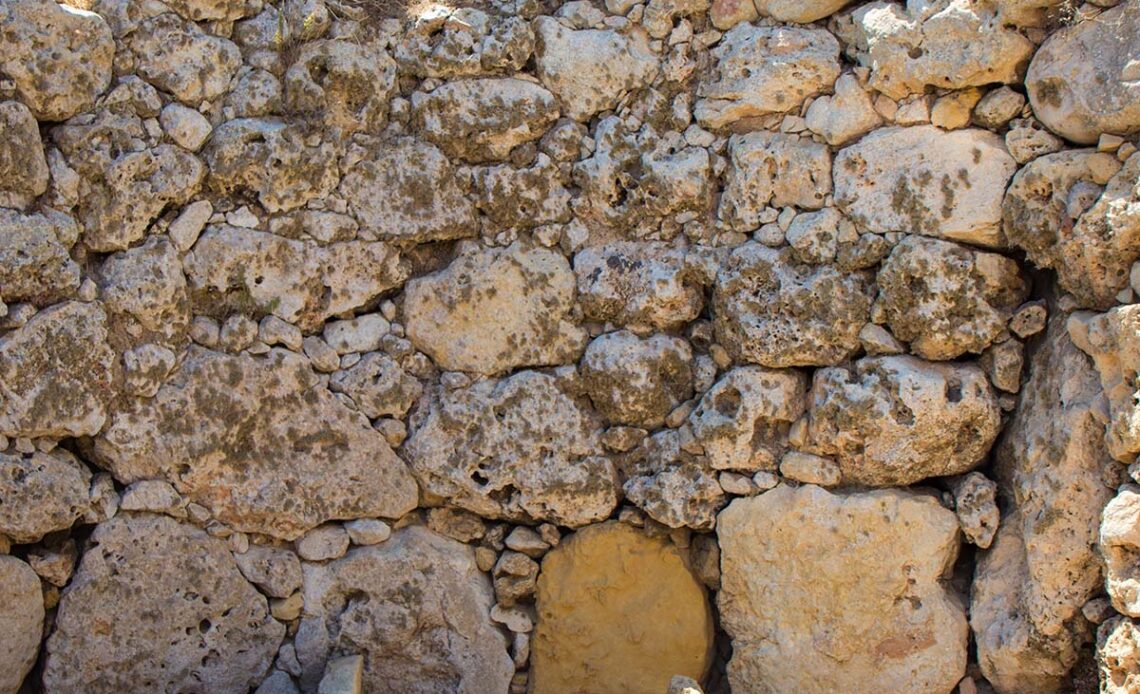Malta’s position in the Mediterranean Sea has long made it an important centre for the growth and exchange of cultures.
Relatively hot and dry, and with soil that doesn’t naturally lend itself to easy agriculture, it is not in itself a country that would’ve been popular for settlers. Except, that is, for its extremely strategic location between the continents of Europe, Africa, and Asia.
It’s probably one of the reasons why humans found these islands so many millennia ago, and wanted to make their mark. Two of the World Heritage Sites in Malta show not just how early the country was inhabited, but also the ingenuity of the people who were here.
After the prehistory of Malta, which is considered to have finished in about 700 BC, control of the country passed between a lot of different empires and cultures, starting with the Phoenicians, and including the Romans, Byzantines, Aghlabids, and Sicilians.
However, none of them are specifically represented in Malta’s World Heritage Sites, which I think is a little odd.
(There is, though, a proposed site of catacombs from the Roman and Byzantine eras.)
The period of Malta’s history that is best represented in a World Heritage Site is that of the Order of St John of Jerusalem, also known as the Knights Hospitaller.
They founded the City of Valletta, which would go on to be the tiny capital of modern Malta, and an incredibly fortified and beautiful city.
While many tourists these days come to Malta for the sunshine, the beaches, and the water, I think the country’s history is also a fascinating drawcard.
Only some of the story may be told through Malta’s World Heritage Sites, but those parts of it are pretty incredible!
City of Valletta
Malta’s capital, Valletta, is one of the smallest capital cities in Europe and, with all its history, has one of the densest collections of heritage buildings.
Much of what you’ll see here serves as a tribute to the group that founded Valletta, the Knights Hospitaller – particularly the imposing fortifications demonstrating their military prowess. But beyond that, there are many buildings that show an opulence that’s a bit unexpected for a small and isolate island.
The city’s distinctive skyline is dominated by the Baroque masterpiece of St John’s Co-Cathedral, while the grandiose Grand Master’s Palace is another highlight. But wander the narrow cobblestone streets, you’ll find a whole mosaic of architectural wonders.
With the French and the…
Click Here to Read the Full Original Article at Time Travel Turtle…
